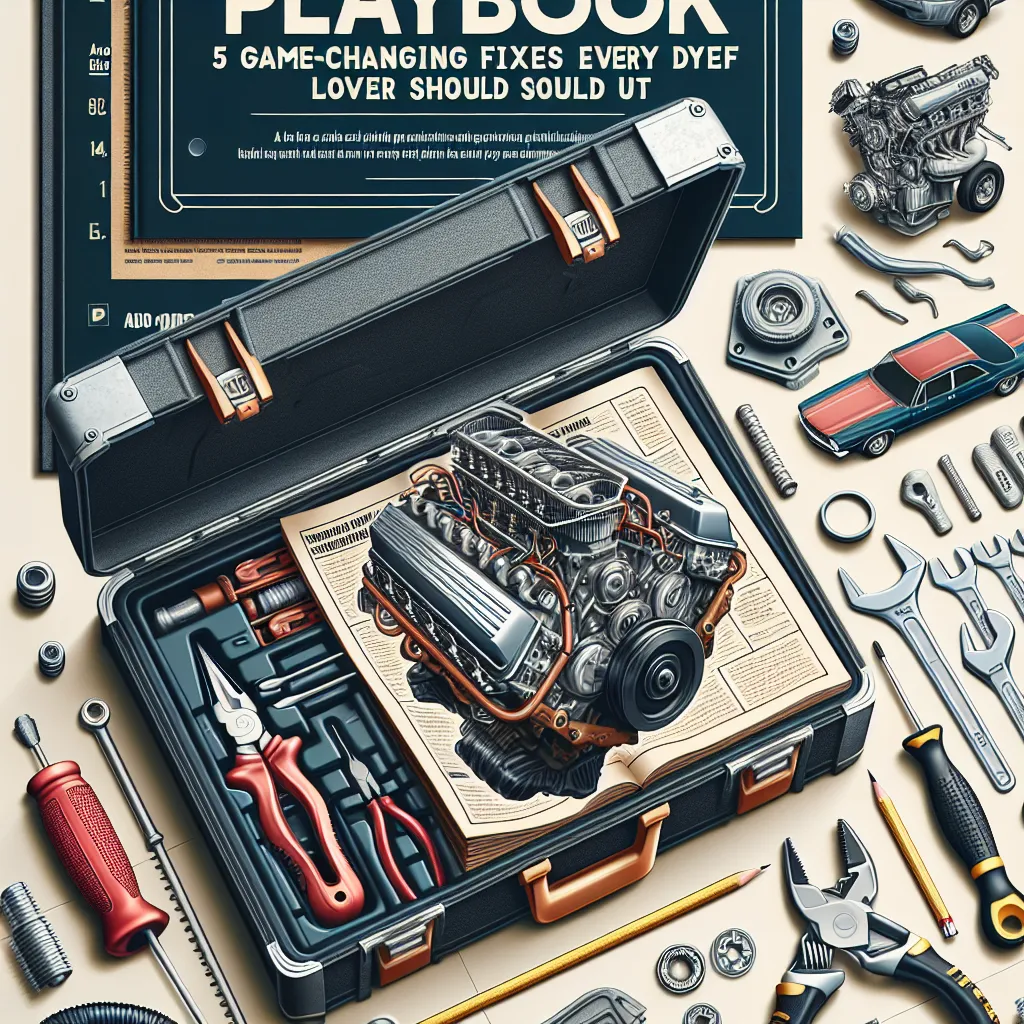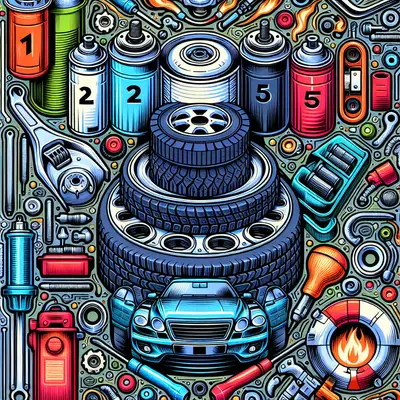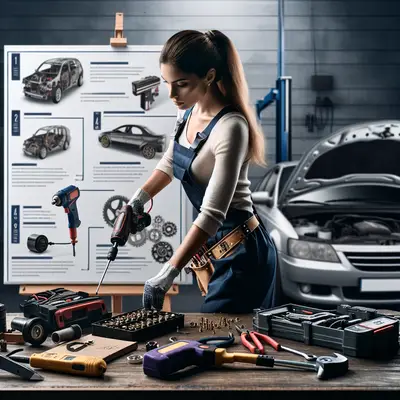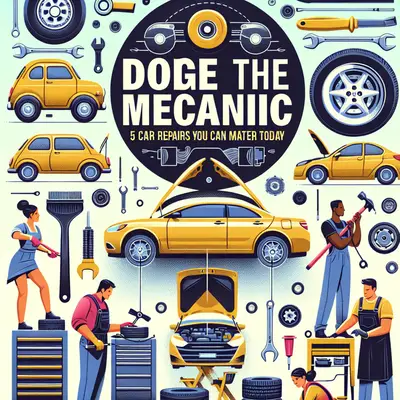The world of auto repair can seem intimidating, filled with complex terminology and expensive parts. But don't worry! With a bit of know-how and determination, even the most novice DIY enthusiast can tackle common car troubles at home and save a ton of money in the process. This article will guide you through 5 game-changing car repair techniques that you should master today.
Diagnosing Check Engine Light
The check engine light can trigger for a variety of reasons, ranging from a loose gas cap to serious engine troubles. Before you panic, use an OBD-II scanner to read the engine’s fault codes. This handy tool connects to your car's onboard computer and provides diagnostic information. By understanding these codes, you can identify the problem and decide if it's something you can handle or if it's time to call a professional.
Replacing Car Battery
A dead battery can leave you stranded, but replacing it is simpler than you might think. Firstly, locate your battery and remove the negative cable (usually black), then the positive cable (red). Unscrew the battery holder and carefully lift the battery out of the car. Reverse the process with the new battery, ensuring the cables are tightly secured. Always remember to dispose of the old battery at a recycling center.
Changing Brake Pads
Worn-out brake pads can lead to reduced braking performance and potentially dangerous situations. To replace them, start by jacking up the car and removing the tires. Unscrew the caliper bolts and slide the old brake pads out. Insert the new pads, and reassemble the caliper. Repeat the procedure for all wheels, then test your brakes to ensure they're working properly.
Replacing Air Filters
A dirty air filter can affect your car's performance and fuel efficiency. Luckily, changing it is straightforward. Locate the air filter box in your engine compartment and unclip the cover. Remove the old filter and clean the inside of the box with a damp cloth. Insert the new filter, then replace and secure the cover.
Changing Oil and Oil Filter
Regular oil changes are vital for a healthy engine. Start by draining the old oil into a pan by unscrewing the drain plug. Once drained, remove the old oil filter with a filter wrench. Before installing the new filter, apply a little oil to the seal. Screw on the new filter, then refill the engine with oil. Ensure to properly dispose of the old oil and filter.
Conclusion
Auto repair doesn't have to be daunting or costly. With these 5 essential fixes under your belt, you'll be well on your way to becoming a confident DIY car mechanic. Remember, the key to successful DIY auto repair is patience, understanding, and safety. Happy repairing!



